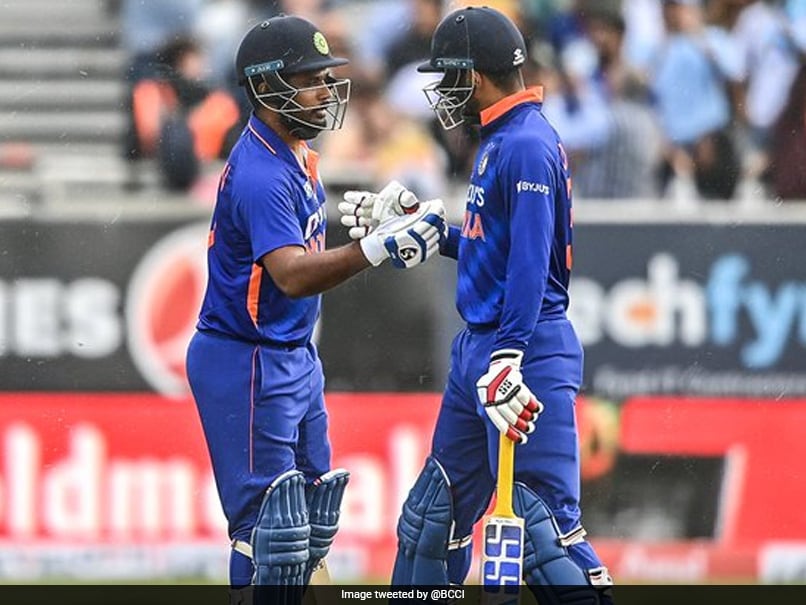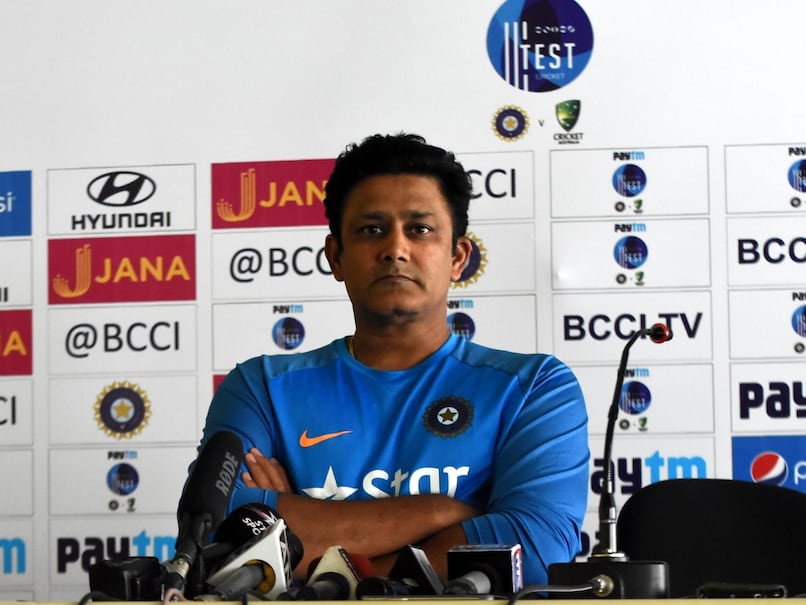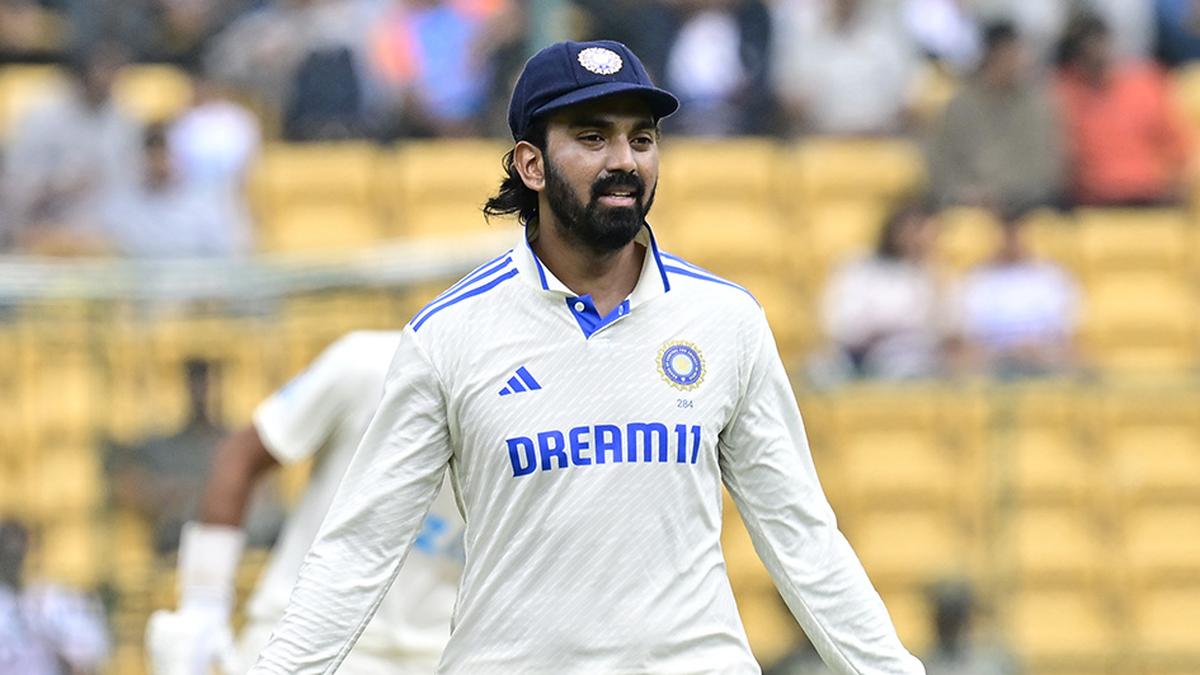Cricket’s Water Crisis: Balancing Sport and Community Needs
Cricket, a beloved sport in many parts of the world, faces a growing challenge: balancing the needs of the game with the needs of local communities. In regions grappling with water scarcity, the large-scale water usage for cricket matches has sparked public outcry and protests.
In areas where water is a precious resource, the use of potable water for cricket stadiums has come under scrutiny. During severe droughts, courts have ruled against such practices, prioritizing the water needs of local populations over entertainment.
The recent Test match between India and New Zealand in Pune, Maharashtra, highlighted the water crisis. Fans at the Maharashtra Cricket Association Stadium faced severe drinking water shortages due to the scorching heat. The lack of proper arrangements by authorities led to dehydration and health risks for spectators.
Social media posts from fans expressed their frustration and anger. One user tweeted, “NO WATER in the MCA Stadium at Pune. That too in the month of October when there’s scorching HEAT. What’s the point of boasting about stadiums when fans can’t get basic facilities? SHAME!”
Another fan reported, “Ind vs NZ, MCA stadium, it has been 2 hours since the water supply stopped. The vendors are selling 100ml for 80 Rs. @RRPSpeaks Please look into this, almost 4 senior citizens have collapsed because of the dehydration. @BCCI.”
The water crisis in cricket stadiums not only affects fans but also raises concerns about the sport’s sustainability. Water conservation measures in stadiums can limit drinking water availability, sanitation facilities, and overall comfort for spectators. This can lead to complaints about a lack of basic amenities and a diminished fan experience.
Cricket authorities face the challenge of finding a balance between the needs of the sport and the needs of local communities. They must implement responsible water management practices, explore alternative water sources, and educate fans about the importance of water conservation.
By addressing the water crisis, cricket can not only ensure the safety and well-being of fans but also demonstrate its commitment to sustainability and community responsibility.






